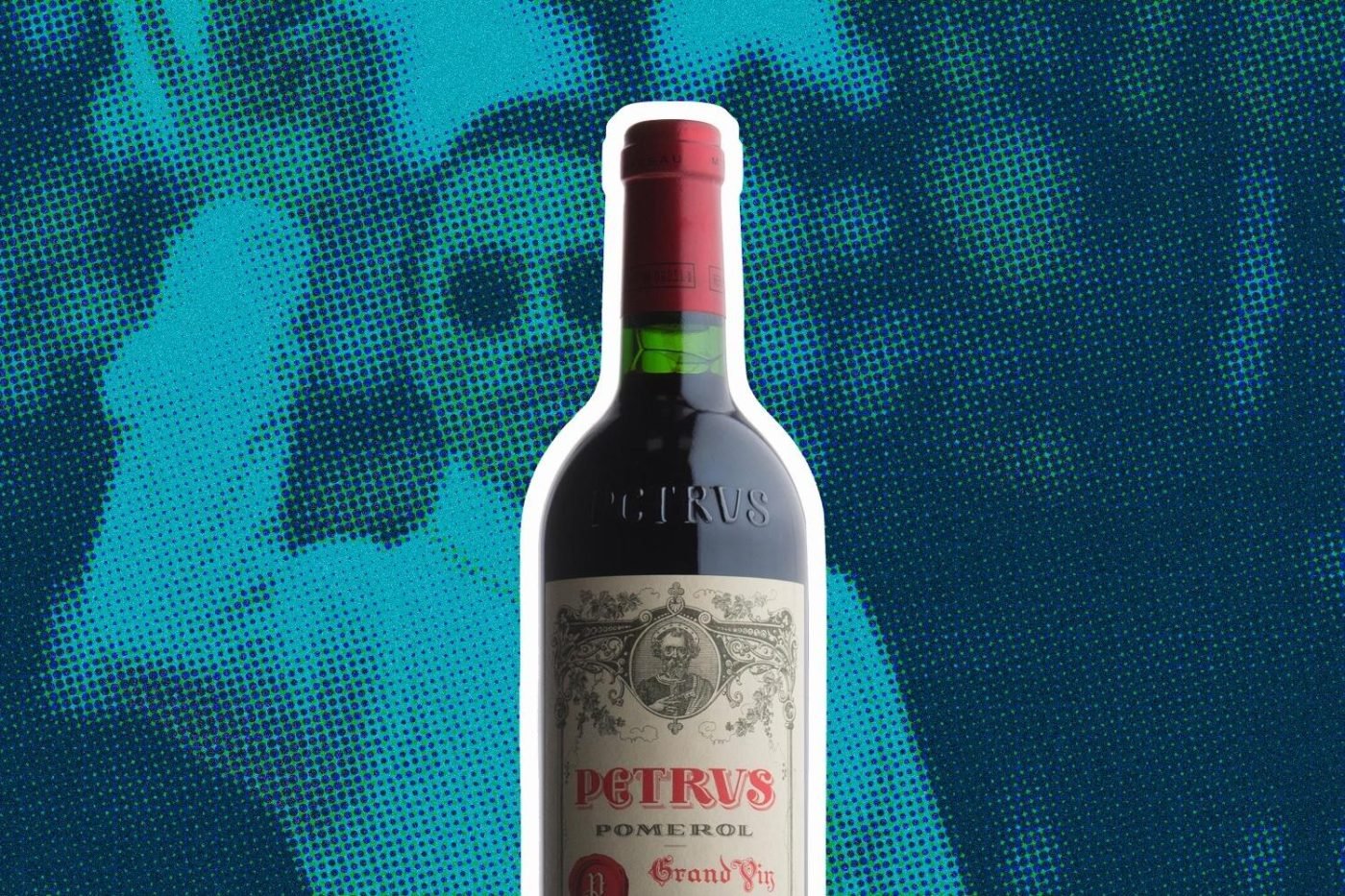Dining out at fancy restaurants should always be expected to come with a rather hefty bill at the end of the night. Such experiences are often saved for special occasions. The ones where it feels right to treat yourself, your partner or your family to a well-deserved meal prepared by some of the finest chefs around.
In the case of Salt Bae’s restaurants, however, there is a good chance you’ll end up paying for the sheer fact you can say you’ve been served a perfectly-cooked steak with a special sprinkling of salt. We’ve previously discussed the $6228.05 bill diners were handed at Salt Bae’s Miami restaurant, but more recently, a receipt given to a party of four at Salt Bae’s London restaurant revealed a huge £37,000 bill.
While the diners may have spent £850 on one of the Turkish butcher’s famed golden tomahawk steaks and just over £4,000 on the service charge, the real culprit of the expensive bill was two bottles of 2003 Pétrus, setting the diners back just shy of £20,000. But why would someone spend nearly an entire year’s salary on a few glasses of wine?
The truth is, anyone who knows about wine will likely know that Pétrus command a high price tag, since the wine produced by the estate is often considered as the most outstanding of its appellation, in Pomerol. Pétrus doesn’t make a second wine, instead, producing just a single red wine each year, and due to their quality, are ranked as the sixth-most expensive wine in the world.
Curated news for men,
delivered to your inbox.
Join the DMARGE newsletter — Be the first to receive the latest news and exclusive stories on style, travel, luxury, cars, and watches. Straight to your inbox.
Indeed, sommelier Sean McManus told DMARGE, “Pétrus is the only estate in Pomerol (on the right bank of Bordeaux) that has its entire vineyard planted with Merlot on iron-rich clay soil.”
“Blue clay veins run throughout the vineyard, adding to the extreme complexity of the site. The grapes at Pétrus are therefore able to ripen to a higher degree and gain more complexity with the help of good water drainage.”
“In warm and dry vintage, the clay plays a key role in acting as a sponge and slowly releasing very small amounts of water to the roots of the vines, preventing them from going into shock.”
As for why the 2003 vintage purchased by the diners at Salt Bae’s restaurant was so expensive, Sean says, “the 2003 Pétrus was a difficult vintage for Pomerol, it was hot, hot hot. This is when its famed blue clay soils worked their magic, giving an advantage over other domains due to its natural tendency to retain moisture.”
He adds that there likely wouldn’t have been a particularly big mark up on the wines either, as can sometimes be the case.
“Generally speaking, these wines have the least amount of mark up in restaurants. Most wines work out to be roughly 30% cost of goods, but for some wines, generally, the go to by the glass can be as low as 10% cost of goods, meaning that it’s high profit margin and high turn over, which makes bank for the wine program.”
“In turn, this wine sold by the masses helps fund the big purchases, such as expensive wines from Bordeaux. But buying a bottle for $10,000 or $20,000 doesn’t simply mean you can apply the same mark up.”
“Most restaurants may only add 30%, 40% or 50%, otherwise there is a high chance they will just sit on a list forever. The goal is to sell the wine, but not too quickly!”
“And of course, it should be sold to the right person. Although the mark up is smaller, the cash injection from the bottle sale is high. Which is why sommeliers love selling unicorn wines, so we can taste them too!”
“A lot of these promo wines are under allocation only, meaning you need to be selected to purchase them, or to be in the club of some sorts. Generally, an importer will offer them to their best clients throughout the year, along with the most famous restaurants where they will be appreciated and look great on award-winning wine lists.”
“Other than that, the secondary market is a huge deal. Auction houses, which can consist of wines from collectors and sometimes bankrupt businesses can play a key role for punters to get their hands on a bottle, a high risk of course.”
A quick search for the 2003 Pétrus online reveals it can be bought from resellers from AU$4,000/£2,100 excluding sales tax, with some prices reaching AU$13,000.
So, Salt Bae may not have actually done a dirty on his customers by charging nearly £10,000 per bottle of Pétrus 2003, but instead, charged a completely fair price. Let’s just hope it paired perfectly with their golden tomahawk.

